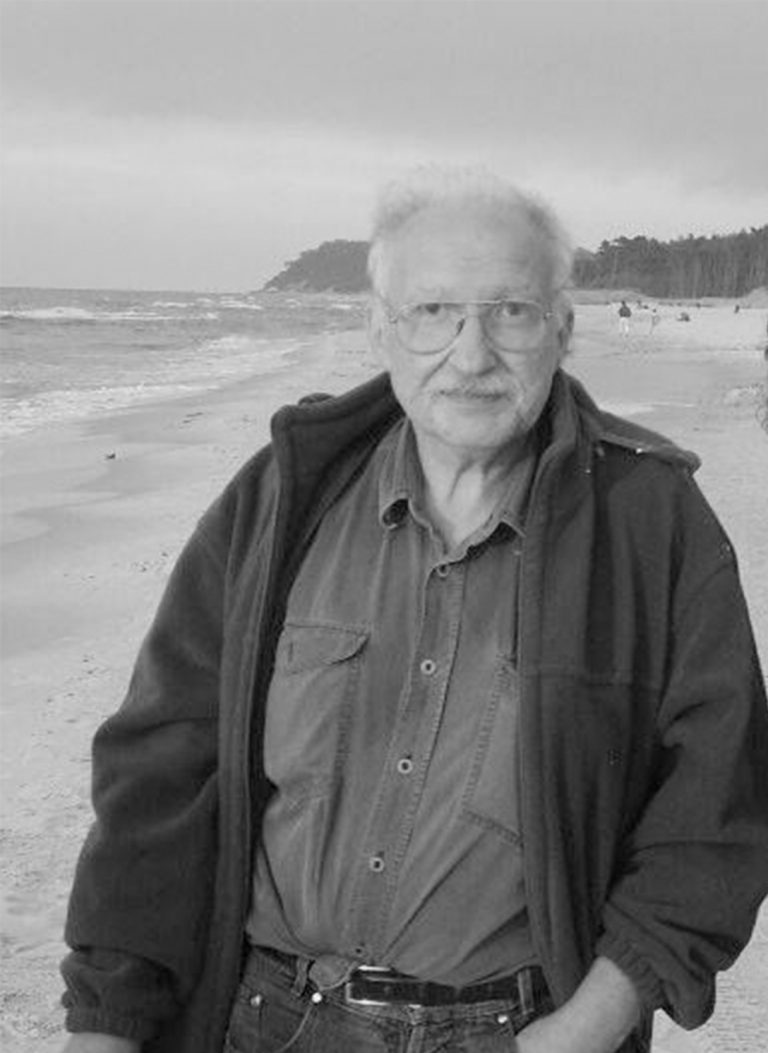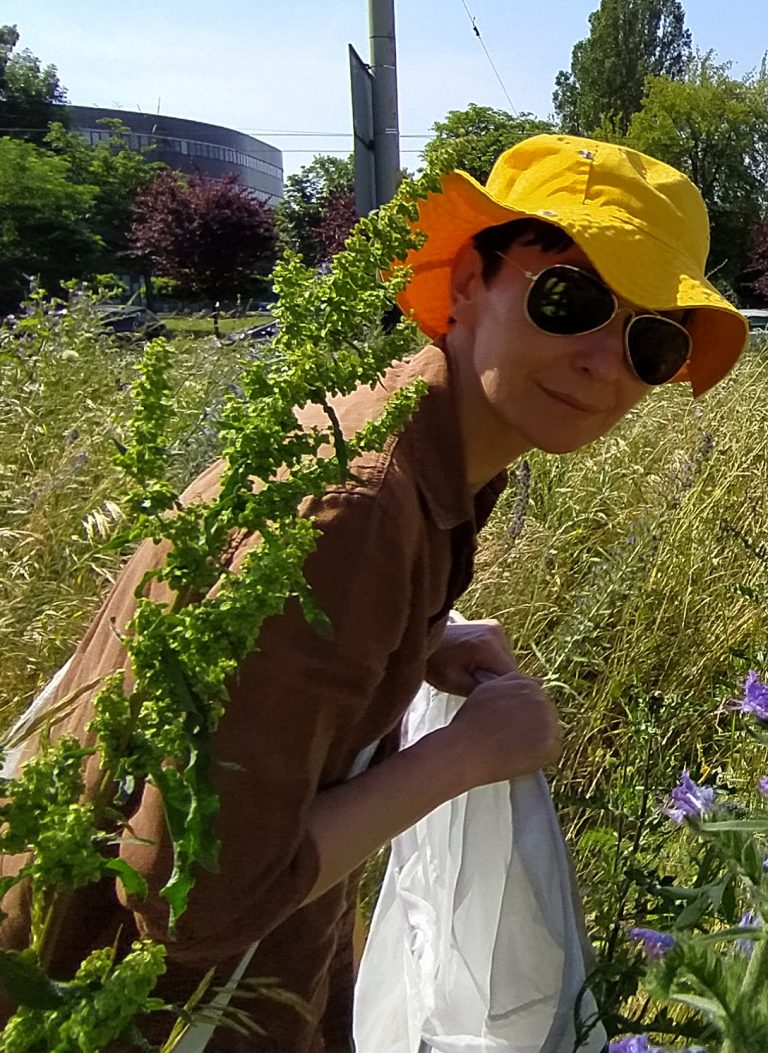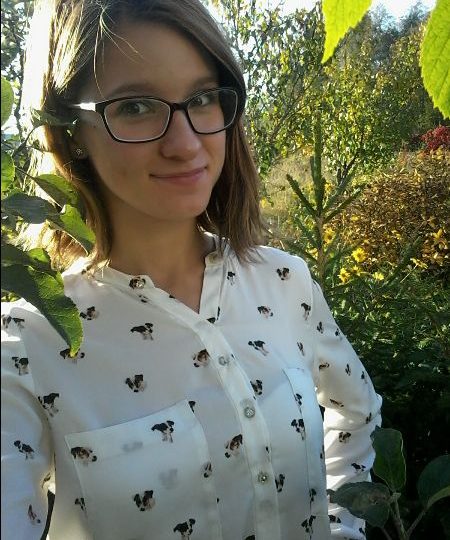

History
In 1978, on the initiative of Dr. Włodzimierz Chętnicki and four biology students, the Scientific Circle of Biologists (KNB) was established. The passions and enthusiasm of this small group of people quickly attracted students not only from the University, but also from the Polytechnic and the Medical Academy of that time.
This allowed for the organization of numerous science camps in the 1980s, incl. in the Gorce, Bieszczady and Knyszyńska Primeval Forest, during which the main research objects were small mammals, and on the Biebrza and Narew – plover birds. The end of the 90’s is the time of intensive scientific and educational research related to amphibians. The numerous herpetological initiatives include research in the Wigry National Park, Suwałki Landscape Park, the Iława Lakeland Landscape Park, the Biebrza National Park, the Romnicka Forest and the Coastal Landscape Park. The following years brought, among others interest in wolf and lynx populations in the Augustów Primeval Forest and the influence of the American mink on birds nesting on the Biebrza River.
The last ten years of KNB’s activity are still very intensive research activities, as well as projects popularizing science. The research in 2007-2016 was focused on herpetological, ornithological and entomological issues. The „Akcja Płotki”, launched in 2002 and still continued, consisting in the active protection of amphibians in the Narew National Park during their spring migrations to their breeding sites, has brought very tangible benefits for this endangered group of animals. Based on the data collected by the Circle members, the road section near the bridge in the village of Baciuty has been selected as one of the culverts construction sites under the European project “Protection of amphibians in Natura 2000 areas in north-eastern Poland” implemented by the „Stowarzyszenie Człowieka i Przyrody”. The construction of the passages for amphibians during their migration was completed in the fall of 2014. Since 2015, KNB, as one of the entities of the aforementioned project, has been monitoring and active protection of amphibians in the Biebrza National Park (BNP).
Currently, BNP Kołowicze is also conducting research aimed at assessing the mortality of vertebrates on the Tsar Route. Another important element of the KNB activity is ornithological research, which has gained recognition on a national scale. In 2016, the Faculty of Biology and Chemistry of the University of Białystok, the Faculty of Biology of the University of Gdańsk, the Faculty of Biology and Earth Sciences of the Jagiellonian University, the Regional Branch of the Baltic Action Kaliszany Foundation, the Silesian Ornithological Society and the Carpatica Association concluded an agreement to establish a scientific network under the name of the National Network of Ringing Stations Birds (KSSOP). As part of the tasks of KSSOP, the Scientific Circle of Biologists conducts the work of the bird ringing camp “Akcja Siemianówka”. It is the largest permanent inland bird ringing point in Poland, which has attracted many enthusiasts from Poland and abroad since 2002. The natural and organizational values of the camp have been repeatedly appreciated by the Ornithological Station of the Polish Academy of Science in Gdańsk, and it was in Podlasie in the years 2007-2008 and 2012-2016 that the practical parts of the ring-making course were held. Among the ornithological actions, it is also worth emphasizing the research on the impact of noise barriers on bird mortality, monitoring of the wintering birdlife of the Narew river basin, as well as participation in the nationwide winter ringing campaign “Karmnik”.
Entomological topics in the activities of the KNB appeared since 2014 and focused on the issues of the influence of parasitoids on spider populations and the study of the alien species of the flycatcher in the fauna of Poland, the black locust midge. An important experience was also participation in the project implemented by the Czysty Świat Association concerning the active protection of the arion blue butterfly. In addition to regular research, the KNB activities also included lichenological and theriological issues conducted in cooperation with employees of the Institute of Biology of the University of Bialystok, the Mammal Research Institute in Białowieża and the Adam Mickiewicz University. Members of the Club also participated in the Polish-German exchange, which included research in the field of hydrobiology and phytosociology on the Havel and Biebrza rivers. The research conducted in the years 2007-2016 was presented at 20 scientific conferences, of which the 11th National Review of the Activity of Student Scientific Circles of Naturalists (2007) and the Ornithology Conference combined with the 2nd Congress of the National Bird Ringing Network (2015) were organized by the KNB. The research results presented by members of the Commission for Banking Supervision have won numerous awards and distinctions, and the research papers, post-conference summaries and book reviews written during this period have 86 items.
An important element of the KNB activity is also the activity popularizing science. Every year, members of the Club conduct classes as part of the Podlasie Festival of Science and Art, Academic Days, Biologists’ Night and IB Open Days. In 2013, KNB represented the Faculty with great success Biological and Chemical University of Bialystok at the Science Picnic in Warsaw. Students from the Circle often talk about their passions and research in the mass media.
Management board
supervisors




